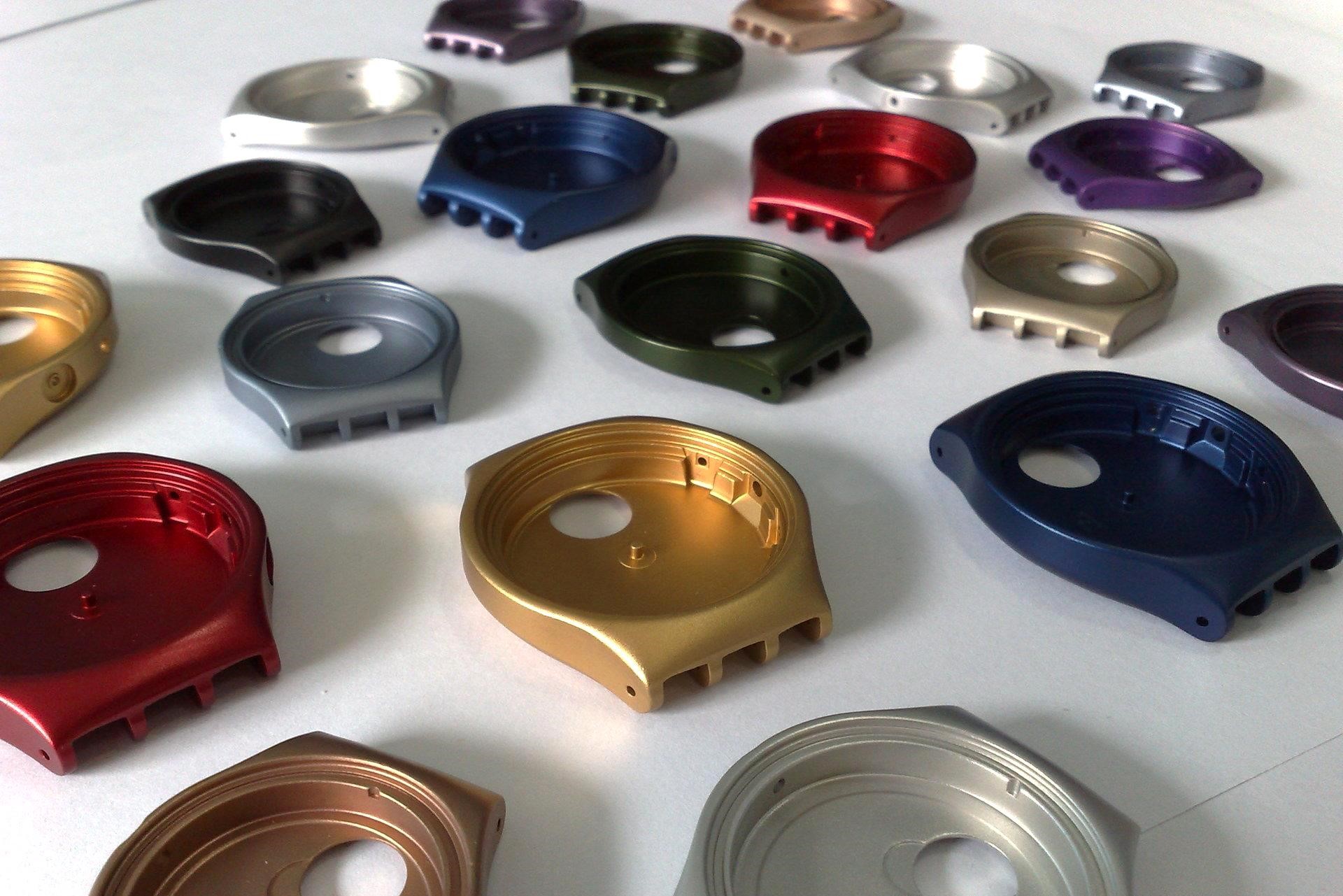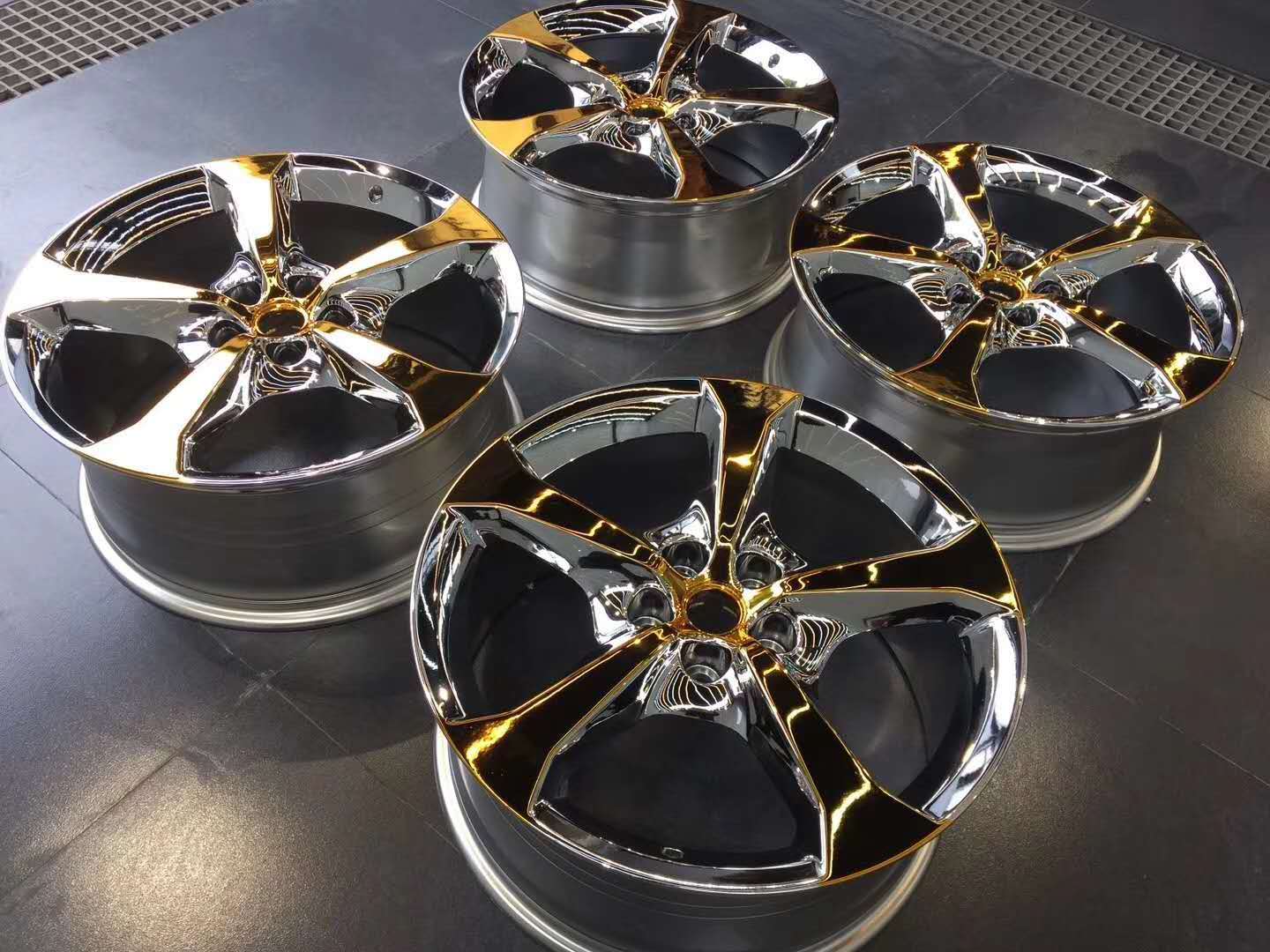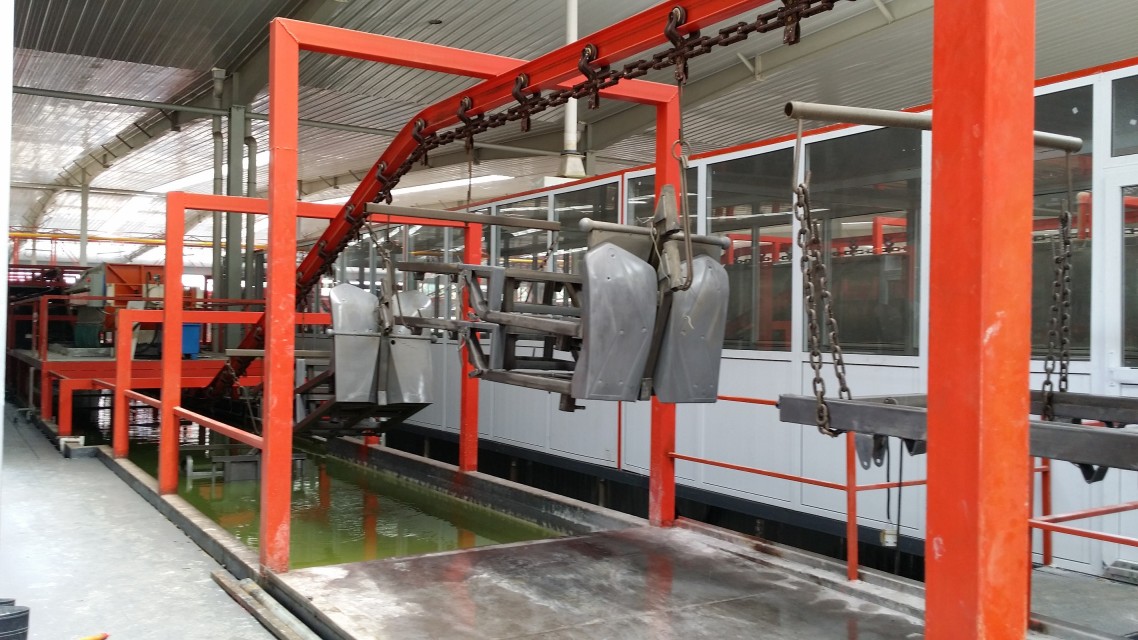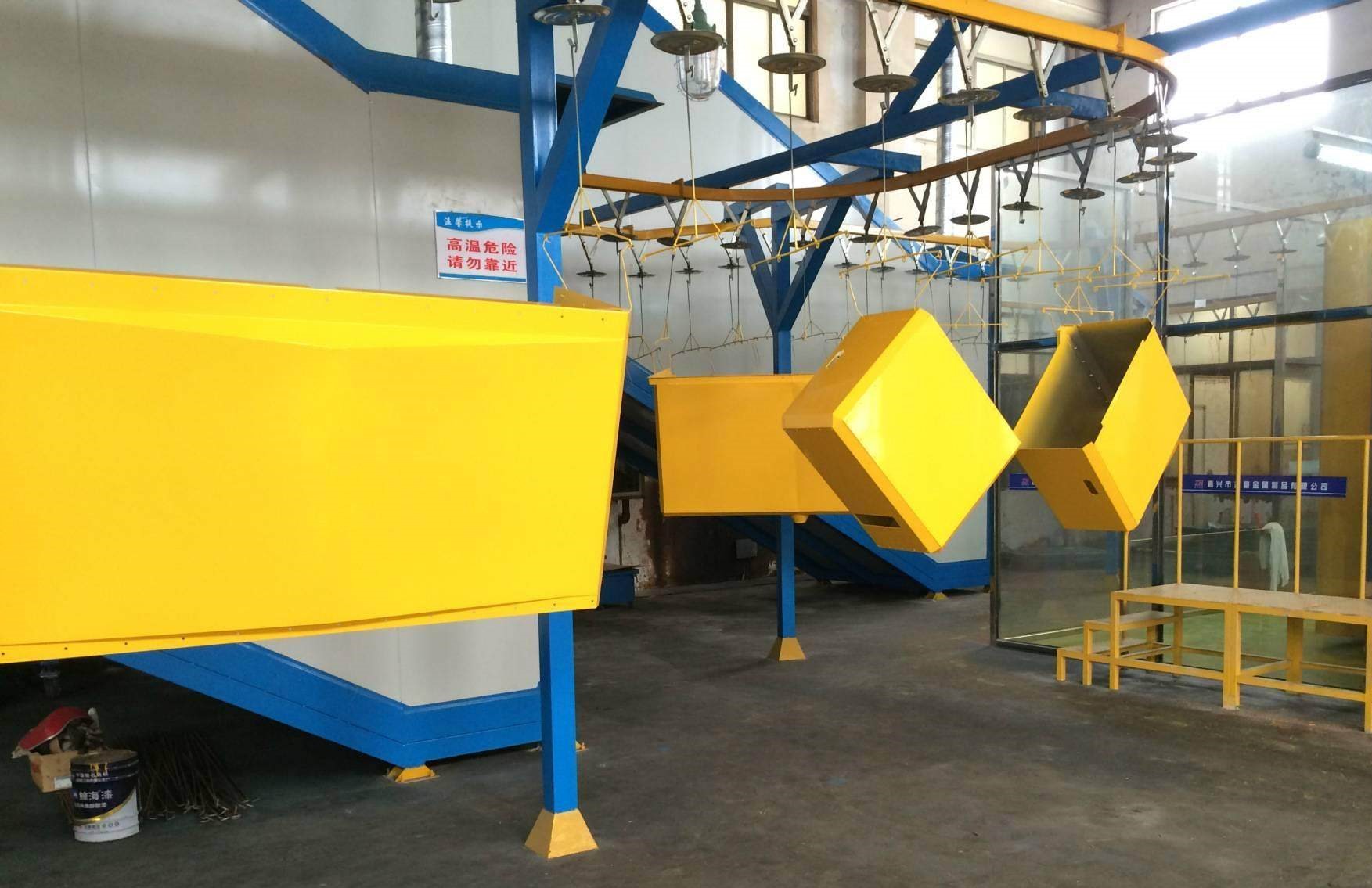SURFACE TREATMENT

Blackening
Blackening is a finishing operation that chemically coats the surface of ferrous materials. It creates a strong barrier against humidity and corrosion. Blackening is usually done in a batch operation. Generally, it is less expensive than other finishing options such as painting and plating.
Anodizing
Anodizing is an electrochemical process that converts the metal surface into a decorative, durable, corrosion-resistant, anodic oxide finish. Aluminum is ideally suited to anodizing, although other nonferrous metals, such as magnesium and titanium, also can be anodized.


Zinc/Nickel/Chrome Plating
Plating is a surface covering in which a metal (zinc/nickel/chrome for examples) is deposited on a conductive surface. Plating has been done for hundreds of years, it is critical for modern industries. Plating is used to decorate workpieces, for corrosion inhibition, to improve solderability, to harden workpieces, to improve wear resistance, to reduce friction, to improve paint adhesion, to alter conductivity, to improve IR reflectivity, for radiation shielding, and for other purposes.
E-Coating
E-coating is an immersion wet paint finishing process that uses electrical current to attract the paint product to a metal surface. This process is also referred to as paint deposition. The E-coat process is a dipping (immersion) system very similar to what is used in metal plating except the finish uses organic paint particles not metal particles in the immersion baths.


Painting
Painting is a process that involves the application of varnish or paint on different types of surfaces. The conventional painting procedure involves a few key steps to ensure the best results. It’s a process that includes various techniques other than commercial procedures. These procedures may vary in relation to the type of surface, the type of service, and the quality of paint required. They might include: surface preparation, priming procedures and painting/coating applications.
Powder Coating
Powder coating is a dry coating process used as a metal finish mostly on industrial equipment. Powder coating is applied as dry powder through an electrostatic process, then cured with heat. It is well known for providing high-quality finishes in terms of both functionality and overall look.
The powder coating finishes are not only sturdy but flexible as well. It can be used on different surfaces, including metal, concrete, steel, and plastic. It’s suitable for both indoor and outdoor applications, and it’s one of the most cost-effective finish options.

